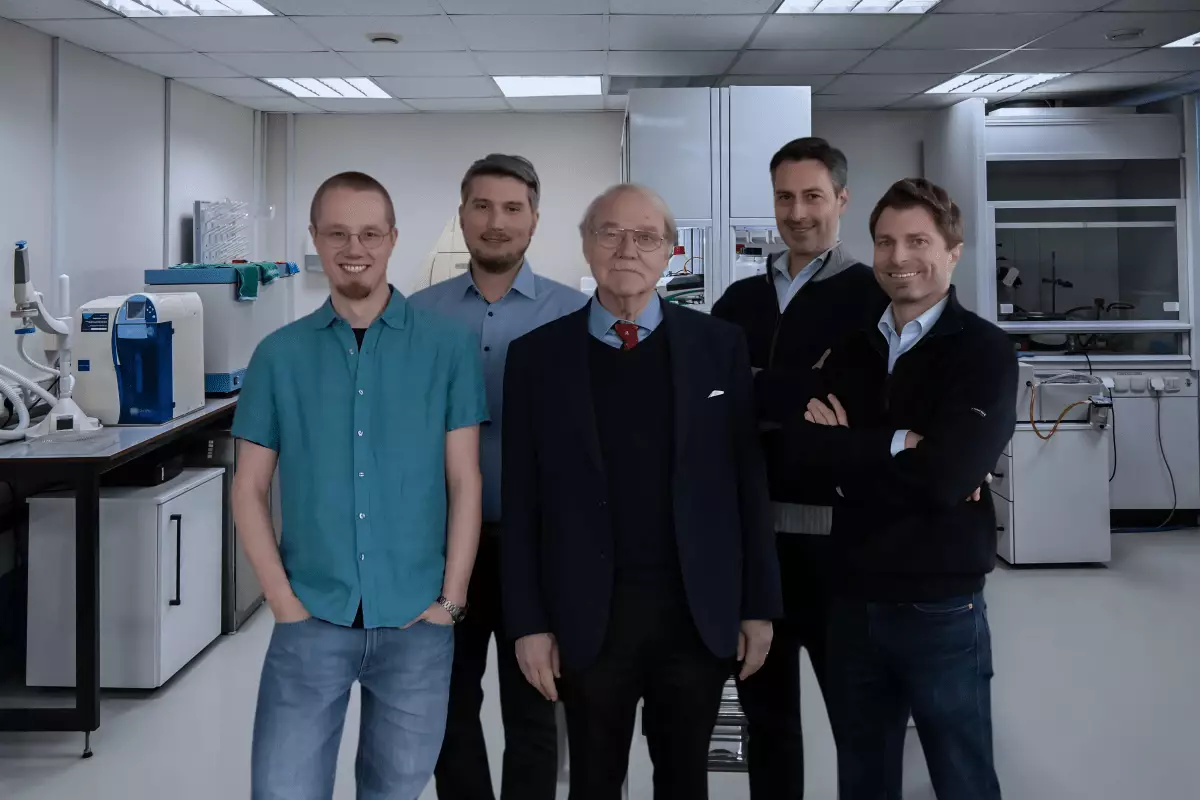The ambition to create a device that can monitor blood sugar levels without the need for skin pricking is one of the most compelling challenges in medical technology today. Over the years, numerous companies have attempted to conquer this mountain, yet most have stumbled along the way. Even tech giant Alphabet made a foray into this space with innovative contact lenses designed for diabetics, only to discontinue the project in 2018. Despite these setbacks, the pursuit of non-invasive glucose monitoring continues to ignite enthusiasm among researchers, entrepreneurs, and investors alike, highlighting an unquenchable desire to find solutions that enhance patient convenience and care.
The landscape of non-invasive blood sugar monitoring is not devoid of hope. Startups and established corporations, including industry key player Apple, are experimenting with various technologies to crack this code. Among the emerging players is Berlin-based Quantune Technologies. The firm has made notable strides with a miniature infrared laser spectrometer capable of measuring glucose levels in interstitial fluid—a substance that resides just beneath the skin and nourishes cells. According to Quantune’s founders, Dr. Jan Kischkat and Nikolaus Hahne, the aim is to integrate this miniaturized technology into a wrist-worn device that not only caters to diabetics but also appeals to fitness enthusiasts and those aiming to manage their weight through better monitoring of their glucose levels.
However, the journey towards making this technology commercially viable is fraught with challenges. Achieving accurate readings outside of a controlled laboratory environment presents a unique set of difficulties. Kischkat explained the meticulous conditions of the lab where temperature and pressure can be managed easily, which cannot be mirrored during regular activities such as jogging or exercising. As the body moves, the need for a consistent reference point for accurate measurements becomes increasingly essential. Addressing these technical hurdles will be crucial for Quantune’s success as they move forward in product development.
In order to address these challenges, Quantune has secured €8.5 million ($9.05 million) in seed funding led by Point72 Ventures, a firm established by esteemed hedge fund manager Steven Cohen, along with Munich-based Vsquared Ventures. The company has ambitious plans for its research and development (R&D) roadmap, projecting a two-year timeline to further refine its technology. Considering that even larger corporations, such as Apple, have reportedly spent over a decade attempting to perfect their non-invasive glucose monitoring systems, such an ambitious timeline could be an underestimation of the hurdles that lie ahead.
Moreover, in addition to advancing sensor technology, Quantune plans to utilize part of the funding for expanding its team. The company has previously benefited from €5 million ($5.3 million) in public grants from the European Innovation Council (EIC) and the Investment Bank of Berlin (IBB), indicating a supportive ecosystem eager for breakthroughs in this vital health sector.
Quantune is not alone in this pursuit. Several other startups are diligently exploring alternatives for needle-free blood sugar monitoring. For instance, Synex Medical recently raised $22 million to advance its technology, while HME Square is employing innovative photoacoustic techniques that combine optics and acoustics to analyze biological tissues. In 2021, GraphWear gained visibility after successfully securing $20.5 million in Series B funding aimed at developing technology deployable in wearable formats like watches. These companies, along with others, are pushing the boundaries, raising the stakes in a high-stakes race to find viable, non-invasive methods for blood sugar monitoring.
In recent years, the FDA has granted approval to several continuous glucose monitoring devices like FreeStyle Libre, necessitating minor surgical procedures for sensor insertion. Although these products signify progress in diabetes management, they underscore the ongoing need for further innovation. While the prospect of a non-invasive solution remains tantalizingly close, only time will tell if emerging technologies can conquer the complexities and finally transform the way we monitor blood sugar levels. What is certain is that the journey from concept to reality will demand significant investment, innovation, and most importantly, patience.

